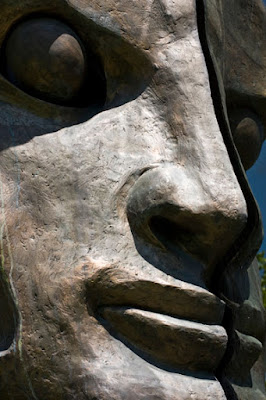
Darn it all to heck, you want National Geographic quality, crisp photos with even colors and gradients! Well, let's face it, the NG guys usually have better equipment than you and I. However, with some care, skill, and my tips, you can achieve some marvels with image quality.
- If your budget allows, get all that fancy gear. But if you can only afford one fancy item, make it a good fast lens. F2.8 or wider. Some folks believe that prime lenses are generally sharper than zooms. So keep that in mind, too.
- Lenses or camera bodies equipped with Image Stabilization (Vibration Reduction, etc.) will help with the twitch of hand-holding.
- Can't afford new gear? Ok, try this..... use your tripod. If you're not run-and-gunning it too much, a tripod, or perhaps a monopod can really make a difference.
- If light levels allow (and that f2.8 would help here) keep your ISO low, in the 50-200 range. This won't affect focus, but it will reduce or nearly eliminate color noise.
- Using a dslr? Most of them have a feature called Mirror Lockup. This moves the mirror (that allows you to see through the camera via the viewfinder) out of the way an extra moment prior to releasing the shutter. This eliminates the tiny vibration that is caused by snapping that mirror out of the way at the last split-second.
- Use a remote shutter release to avoid the slight shake caused by pressing the shutter. Don't have one or your camera won't take one? Use your camera's self-timer (on it's quickest setting, say 2 seconds). Does the same thing for no investment.
- Shooting moving objects? Try a high shutter speed. But remember that you will then lose light. So you may have to open up your aperture (which affects depth of field) or up your ISO (which introduces noise). If possible add flash or strobe to help you freeze that motion.
Now get out there and shoot, you National Geographic stringer!
No comments:
Post a Comment